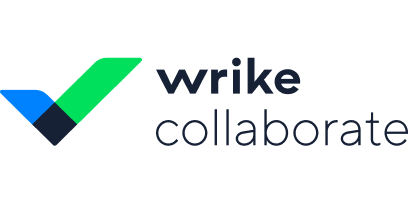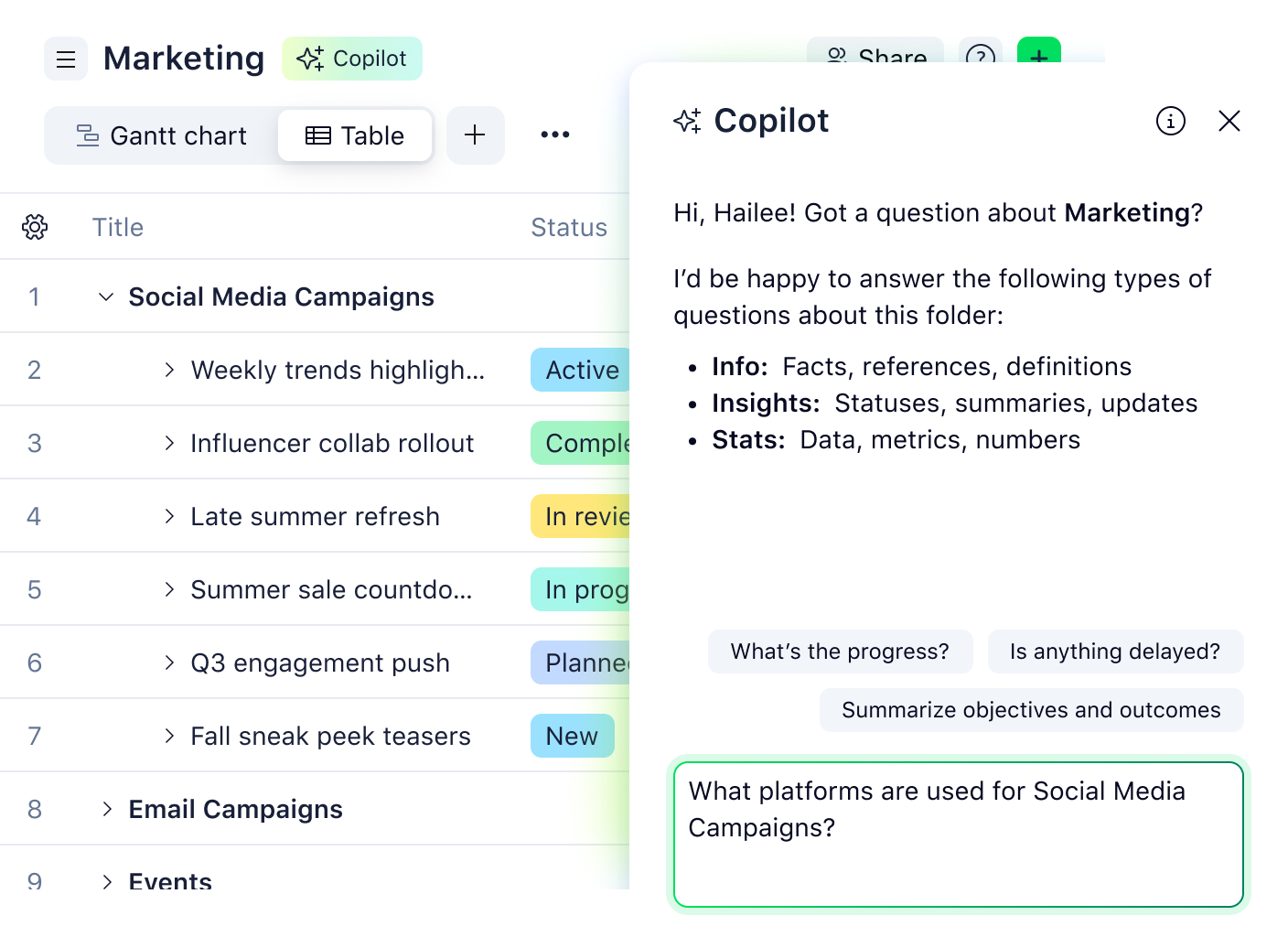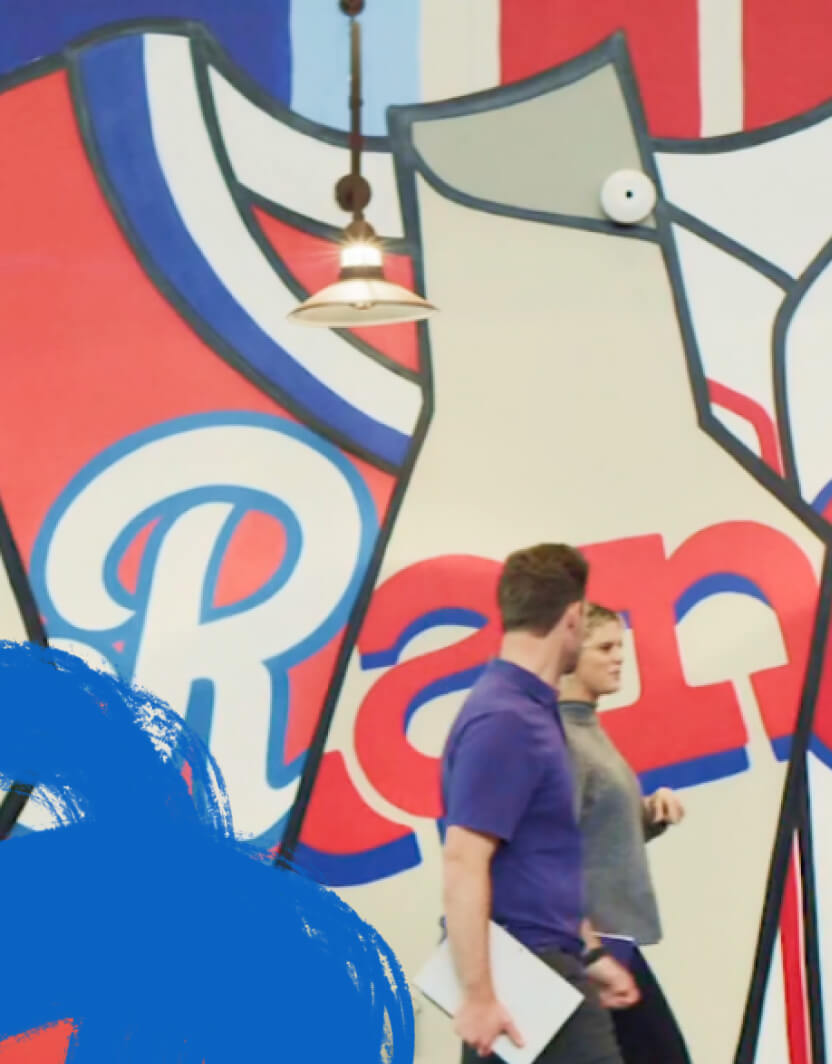One platform to
streamline all workflows
Experience the freedom to build, connect, automate, and scale your work with Wrike.
One platform to
streamline all workflows
Experience the freedom to build, connect, automate, and scale your work with Wrike.
TRUSTED BY 20,000+ HAPPY CUSTOMERS WORLDWIDE
Watch Collaborate 2025
anytime, anywhere
Missed this year’s most exciting work management conference? Catch up on all the executive keynotes, customer success stories, and special-guest sessions from Ray Wang and Steven Kotler with on-demand access.

new features
Welcome to the new era of workplace collaboration
Introducing Wrike’s visual collaboration platform, powered by Klaxoon. These new tools, featuring an infinite whiteboard, seamlessly integrate with Wrike to create frictionless workflows, from end to end. Now available for Wrike customers with an add-on subscription.
New features
Supercharge your workflows with Wrike AI
Wrike is transforming the way organizations work by seamlessly integrating advanced AI capabilities into every layer of work management. Wrike Copilot, MCP Server, and other AI-powered features enable users and AI assistants to securely access, analyze, and act on real-time work data.

NEW FEATURES
Introducing Wrike Datahub
Enrich projects and tasks with relevant data, and supercharge automations, reporting, and dashboards by providing the right data at precisely the right time.

Stories from our customers
tasks issued in Wrike every day
tasks executed through Wrike
“The moment our teams saw Wrike, we heard a resounding ‘yes’ – it was the one system that met each and every one of our team’s comprehensive and complex requirements.“

“Everyone is in Wrike daily; we’ve built one story and one version of the truth. And that is a game changer for us. Now we do our project reviews in Wrike: no more need for presentations, word documents, or any of this additional work.“

square feet of space filled with Rangers branding with Wrike
“I’m thankful for Wrike. It’s a fast-paced world, and we’re all trying to keep up. Wrike helps me do just that.”

"We save time knowing what the clients need from us and then can track the progress of each request, which is something we couldn’t do previously."

“Wrike makes our work and day-to-day life much easier. Our design team alone have been able to increase their productivity to a level that would have been impossible prior to streamlining our workflow.”

Become a Wrike Expert
Want to deliver more of your best work? Learn how to effectively use all that Wrike can offer you and your team.
Learn the basics or our advanced features — and everything in between — in our online courses and certifications.
Not a visual learner? Our Getting Started Guide has all you need to be productive in Wrike with both videos and text explanations.
Looking for a step-by-step to start off your project management right? Our best practices guide is just what you need.
Get support, find tutorials, and ask questions of the Wrike community in our Help Center, available anytime.
Learn best practices from the experts and from customers just like you in our free webinars, available both live and on‑demand.
Get tried-and-true setups in Wrike with a click: go Agile, better manage events, onboard employees, and more — all for free.
Integrate with the tools you already use
Connect your essential business tools to Wrike and make it your project control center. Google, Microsoft, Adobe® Creative Cloud®, Box, GitHub, JIRA, and many more.
Share your Wrike success
Join work management enthusiasts around the world as a Wrike Ambassador. Celebrate your achievements in Wrike, raise your company profile, and share your success by promoting our award-winning work management platform to other teams.

